Dab Tools 101: Everything You Need to Know Before Your First Dab
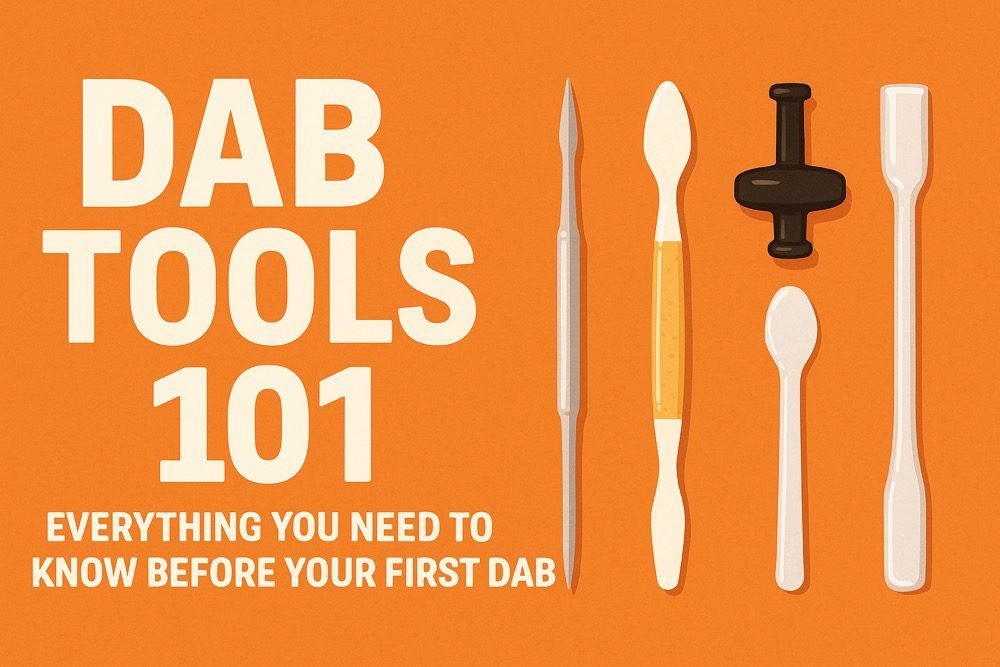
Nervous about your first dab? Choosing the right tool makes all the difference. Here’s a simple, complete guide to dab tools, from materials to maintenance.
Dab tools are small, heat-safe instruments used to handle concentrates and load them into a heated nail or banger. They protect your fingers, preserve flavor, and keep your Glass Oil burner Pipe clean.
I still remember my first dab years ago—I tried to improvise with a paperclip and ended up with burnt fingers and wasted concentrate. Lesson learned: proper tools matter.
What Is a Dab Tool?
A dab tool is a heat-resistant pick or scoop used to place concentrates on a heated nail, protecting your fingers and controlling dosage.
Dab tools might look simple, but they’re essential. Without them, handling sticky wax or brittle shatter becomes messy and unsafe. Tools give you control—like a chef’s knife in a kitchen, they turn clumsy scoops into precise servings. For wholesalers, bundling basic dab tools with Oil burner pipes reduces customer complaints about burnt nails and wasted product.
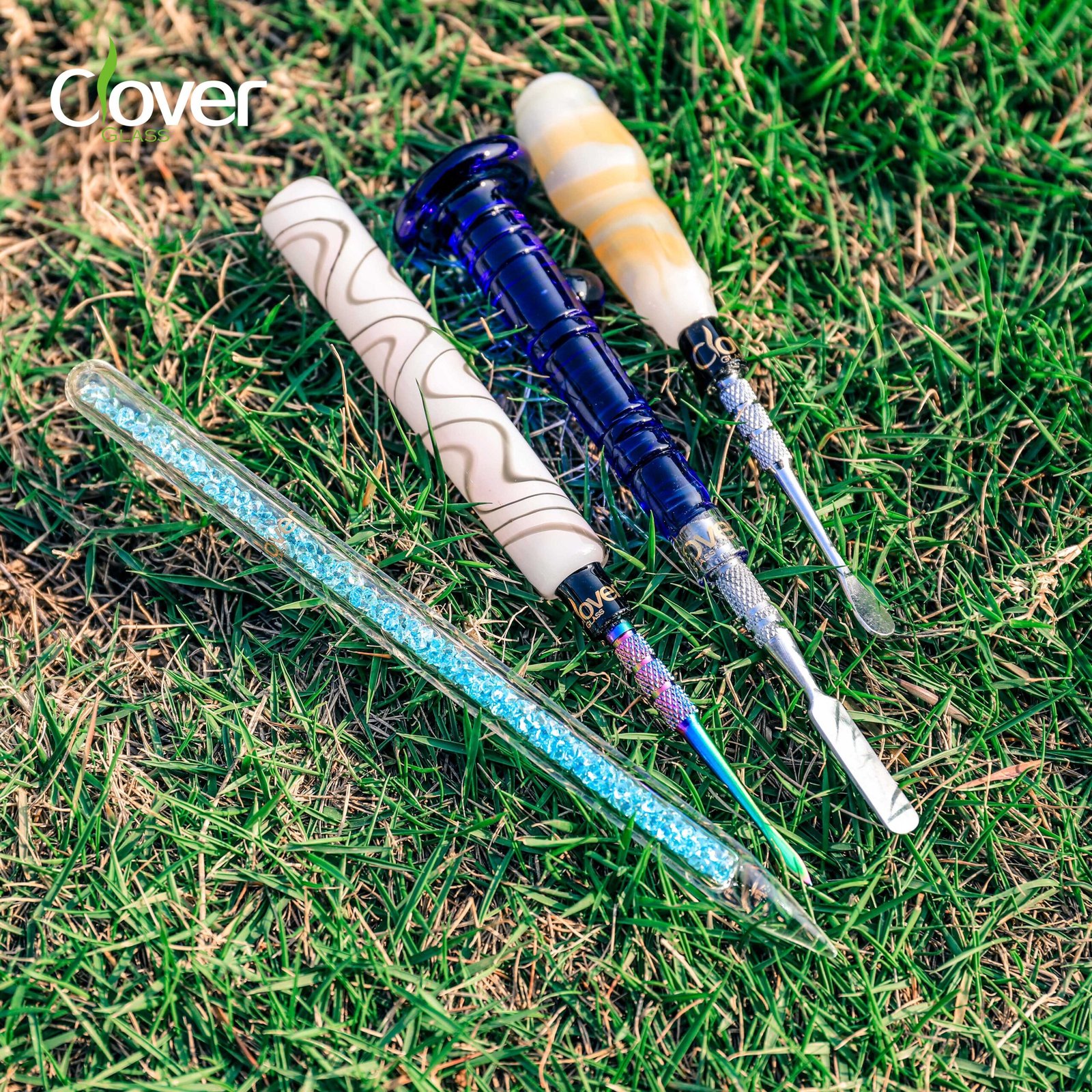
Definition and Function of a Dab Tool
A dab tool lets you scoop, pick, or spread concentrates, then safely place them on the hot surface. It bridges the gap between delicate concentrates and scorching quartz. Think of it as chopsticks for high-heat glassware.
Common Names for Dab Tools (dabber, pick, wand, etc.)
You’ll hear them called dabbers, picks, wands, or simply “tools.” Shops often bundle them with carb caps under names like “dabber + cap combo.” The function stays the same—safe loading and precise dosing.
What Is the Purpose of Dabbing with a Tool?
Purpose boils down to three things: safety, precision, and cleanliness. Tools prevent burns, control concentrate size, and reduce residue inside your Glass Oil burner Pipe. Without them, nails get scratched and puddles wasted.
What Are Dab Tools Made Of?
Most dab tools are made from stainless steel, titanium, quartz, glass, or ceramic—each with trade-offs in durability, flavor, and cost.
The right material depends on your budget and how often you dab. I’ve tested them all for our wholesale catalog, torching them daily in our QC lab. Some bend, some chip, some last forever. Here’s the breakdown:

Stainless Steel and Titanium
Stainless steel tools are affordable and heat-safe, making them ideal for bulk orders. Titanium offers maximum durability and never rusts, but it can transfer heat quickly—new users need to be careful.
Quartz and Glass Dabbers
Quartz dabbers match quartz nails for purity and aesthetics. They keep flavor clean but are fragile. Glass dabbers are the cheapest option—good for giveaways or starter kits—but break easily in shops or shipping.
Ceramic Dabbers
Ceramic spreads heat gently and resists flavor taint. However, it’s brittle and doesn’t survive drops well. For high-end flavor chasers, ceramic remains a niche pick.
Hybrid or Multi-Use Tools
Some tools combine dabber tips with carb caps or scoops. For retailers, these hybrid tools simplify upselling—less inventory, more function.
Types of Dab Tools
Dab tools come in different shapes—pointy, spoon, paddle, or hybrid combos—each designed for handling specific concentrate textures.
Different concentrates need different tools. Wax needs scoops, shatter prefers points. In wholesale, offering variety prevents customer frustration and boosts repeat orders. Stocking sets (spoon + point + cap) solves most end-user needs.

Pointed Tips
Best for brittle shatter or diamonds. They break off precise pieces without crushing the concentrate. Pointed tips also double as stirrers for inserts.
Spoon or Paddle Tips
Wax, budder, and crumble benefit from scoops. A paddle lets you spread sticky concentrate smoothly across the hot surface.
Carb Cap Combos
Dual-end tools pair a dabber tip with a carb cap. These are popular in starter kits—fewer parts, lower cost, more convenience.
Specialized Dab Tools (with balls, inserts, etc.)
Some tools come with pearls or ball ends to swirl concentrates. These are niche but growing in popularity with advanced rigs.
What Tools Do You Need to Do Dabs?
A complete dab setup includes a dabber, carb cap, nail or banger, torch, and simple extras like swabs and mats for cleanup.
Many first-timers underestimate the setup. I’ve seen customers buy only a rig and concentrate—then struggle without caps, swabs, or even a torch. For shops, pre-bundled “dab kits” solve this issue and increase ticket size.
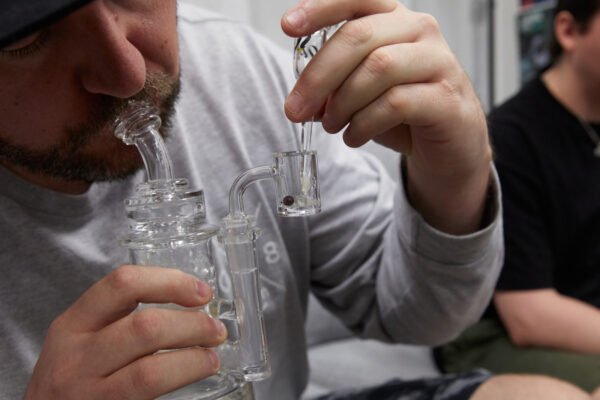
Core Tools (dabber, carb cap, torch)
These are the essentials. Without them, dabbing is messy and unsafe. Carb caps maximize vaporization, torches provide heat, and dabbers control placement.
Helpful Extras (cotton swabs, ISO jar, mat, storage jars)
Swabs keep nails clean, ISO jars dissolve residue, mats protect tables, and jars keep concentrates fresh. Cheap extras, big difference.
Dab Pens as an Alternative Setup
Pens simplify everything into one device. While they won’t replace rigs, they appeal to new users. Wholesalers stocking both rigs and pens capture broader demand.
How to Use a Dab Tool Correctly
Use a dab tool by scooping a small portion, placing it on a cooled-down nail, capping it, inhaling slowly, then swabbing clean.
The technique isn’t complicated, but small mistakes ruin flavor or damage gear. I teach a simple workflow to new buyers in our LA warehouse:
- [ ] Pre-load tool with rice-grain sized dab
- [ ] Heat nail 20–40 s → Cool 45–70 s
- [ ] Place dab gently, cap immediately
- [ ] Inhale steady, not rushed
- [ ] Swab nail while warm
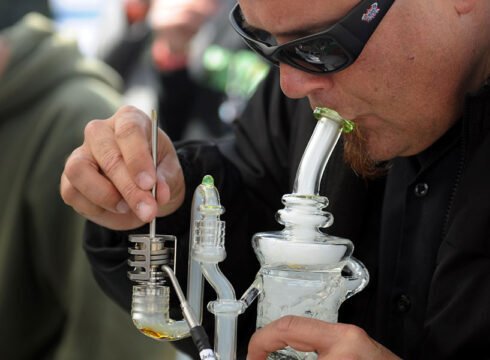
Scooping and Loading Concentrates
Pick a tool tip that matches the concentrate’s texture. For sticky wax, use a paddle. For shatter, a point. Always pre-load before heating the nail.
Using a Torch Safely with Tools
Keep torches upright and away from your hands. Never heat the tool directly; it transfers heat and burns fingers. Heat only the nail.
Swabbing and Cleaning After Each Dab
Clean while warm. Use cotton swabs dry first, then lightly dipped in ISO. This prevents chazzing and keeps your Oil Burner pipes looking new.
Can You Use Anything as a Dab Tool?
In a pinch, scissors or tweezers might work—but proper dab tools are safer, cleaner, and last longer.
I’ve seen improvisation with paperclips, knives, even chopsticks. They scratch quartz, contaminate concentrates, and burn fingers. Wholesale buyers should stress proper tools to end users—it protects rigs and concentrates.
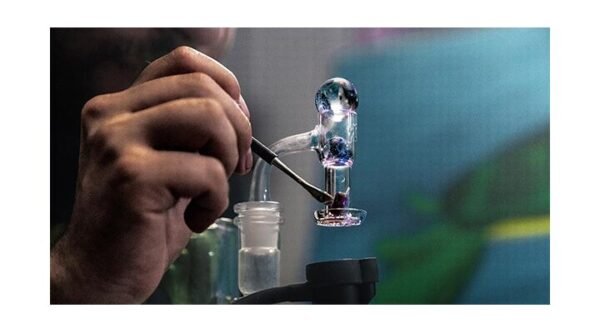
Temporary Substitutes (scissors, tweezers, paperclips)
Yes, they can pick up shatter. But they’re awkward, unsafe, and retain heat longer—risking burns.
Risks of Improvised Tools (scratches, residue, safety)
Metal edges scratch quartz, leading to residue buildup. Non-metal options may melt or release fumes. Not worth the risk.
Why Proper Tools Are Recommended for Beginners
Tools are inexpensive compared to the cost of a rig or concentrate. They save customers frustration and protect shops from unnecessary returns.
Dab Tools for Beginners
For beginners, start with a simple stainless or titanium dual-end tool—affordable, safe, and versatile.
I often recommend starter kits that bundle a basic tool, carb cap, and mini rig. This helps beginners avoid mismatched gear and gives shops an easy upsell option.

What’s the Best First Tool to Buy?
A dual-end tool: point on one side, scoop on the other. Stainless steel is durable, affordable, and easy to clean.
Choosing Between Spoon vs. Pointy Ends
Spoons handle sticky wax better, points excel with brittle shatter. If you only buy one, pick a combo tool that does both.
Cheap Dab Rigs and Starter Kits
Many wholesalers sell starter kits that include a small rig, banger, cap, and tool. These are perfect for first-time dabbers—and great for retailers.
Dab Tool Maintenance
Keep tools clean by swabbing after every use, storing them dry, and replacing them if bent, rusted, or chipped.
Dirty tools ruin flavor and shorten nail life. I once handled a customer complaint about “burnt taste”—turned out their tool was caked in old residue. A quick swap fixed everything.
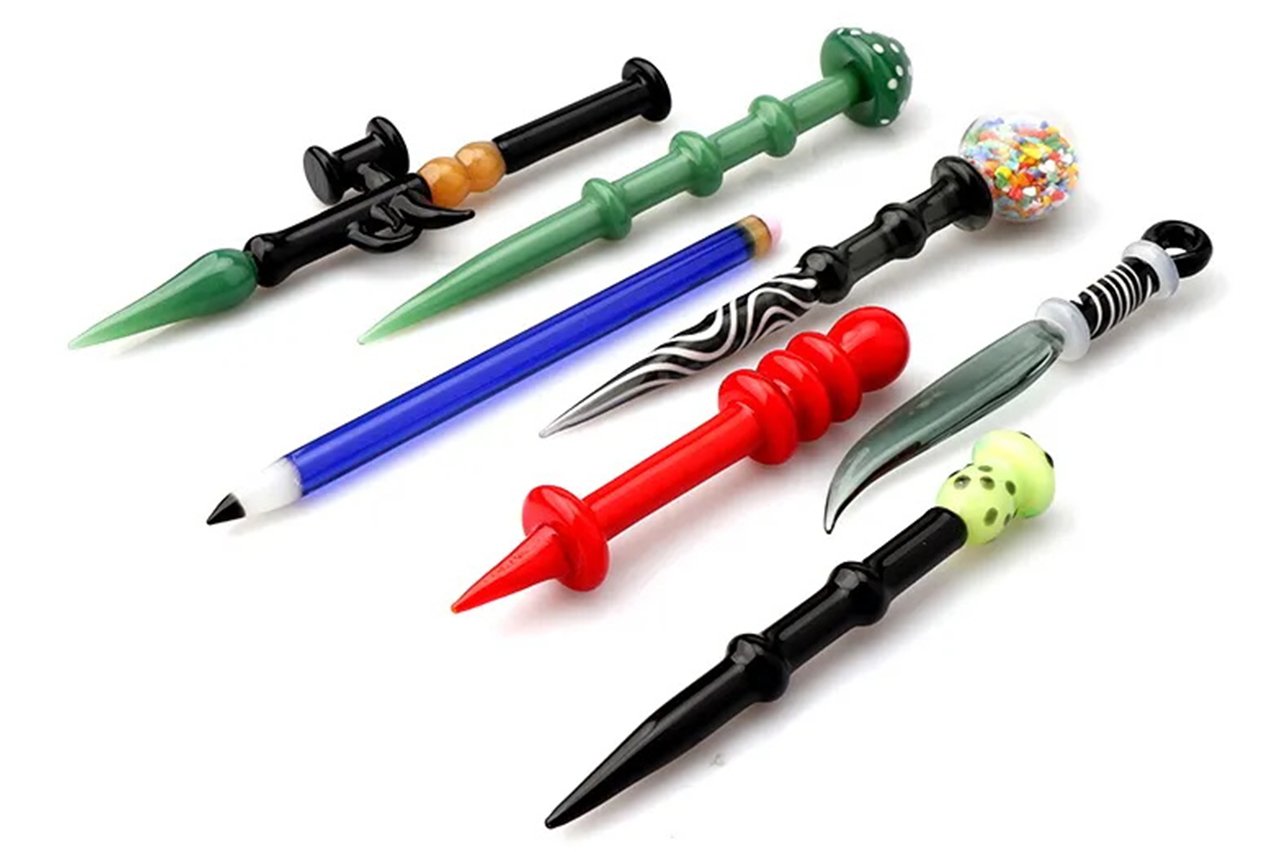
How to Clean a Dab Tool
ISO wipes or jars work best. Dip, wipe, and dry after each session. Avoid abrasive scrubbers that scratch.
Storage and Handling
Keep tools in silicone sleeves or mats. Don’t toss them in drawers—scratches add up. For wholesale displays, clear cases show cleanliness.
Signs You Need to Replace a Tool
Replace if bent, rusted, or chipped. For glass or quartz tools, any crack is a risk. Stainless tools last longest, but even they need retirement after heavy use.
Conclusion
Dab tools may look minor, but they make or break the dabbing experience. The right tool keeps sessions safe, clean, and flavorful. For shops, bundling tools with rigs reduces returns and builds loyalty. For end users, investing in a simple, durable dab tool saves headaches and wasted concentrate.
CTAs:
- Get wholesale quote → Request a quote
- Request OEM samples (custom logos, packaging; lead time 20–25 days)
- Visit LA warehouse → Book an appointment
- Email Frank → Frank@CloverPipe.com (photo → credit after-sales support)
FAQ (5 Q&As)
Q1: What is the best material for a dab tool?
A1: Stainless steel or titanium are the most durable and heat-safe. Quartz and glass preserve flavor but are fragile, while ceramic offers smooth heat but chips easily.Q2: How do I clean my dab tool?
A2: Swab with ISO wipes or dip in an alcohol jar after each dab. Dry before reuse. Avoid abrasive scrubbers to prevent scratches that harbor residue.Q3: Can I use household items as dab tools?
A3: In emergencies, tweezers or scissors might work—but they scratch nails, retain heat, and risk burns. Proper dab tools are safer and inexpensive.Q4: What’s the difference between spoon and pointy tips?
A4: Spoons scoop sticky wax and budder easily. Pointy tips break off shatter or diamonds cleanly. Combo tools give the best of both in one piece.Q5: Do beginners need a dab tool?
A5: Yes—dab tools are essential. They keep fingers safe, nails clean, and doses controlled. Starter kits with dab tools, caps, and rigs are perfect for first-timers.
